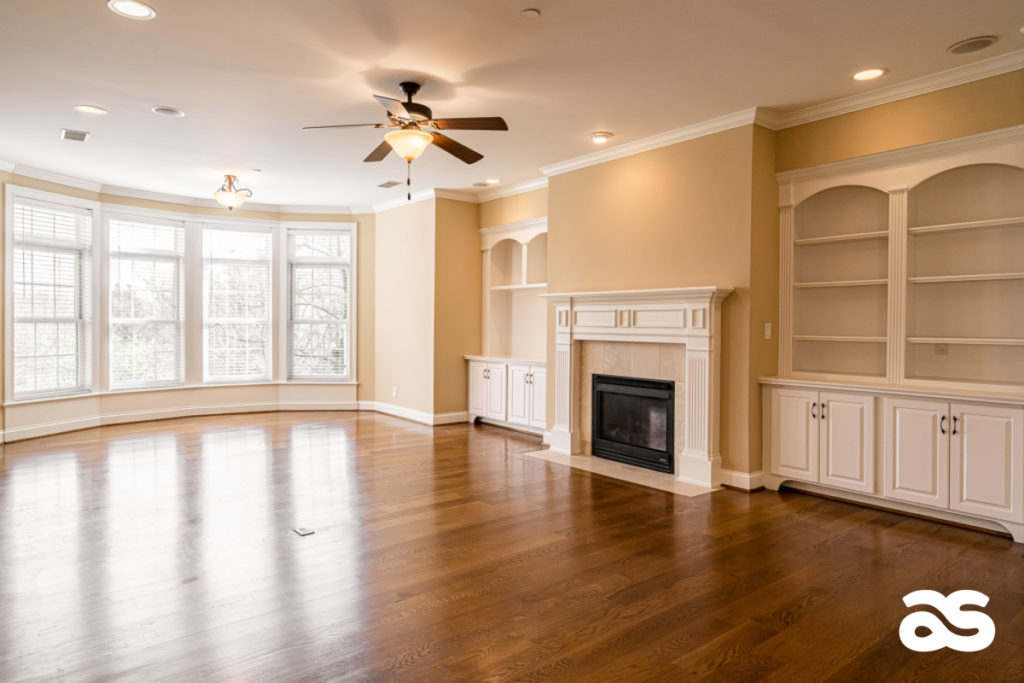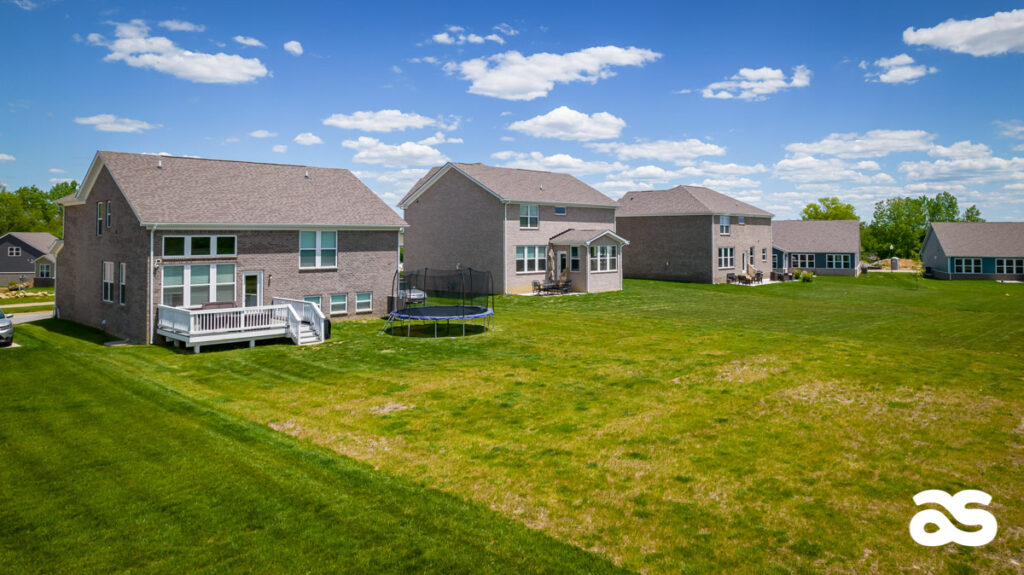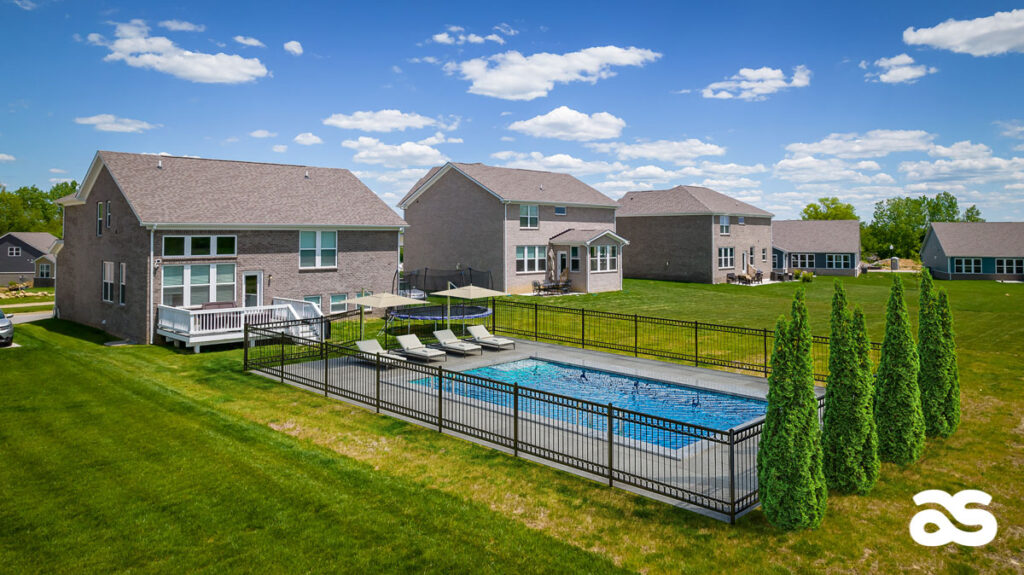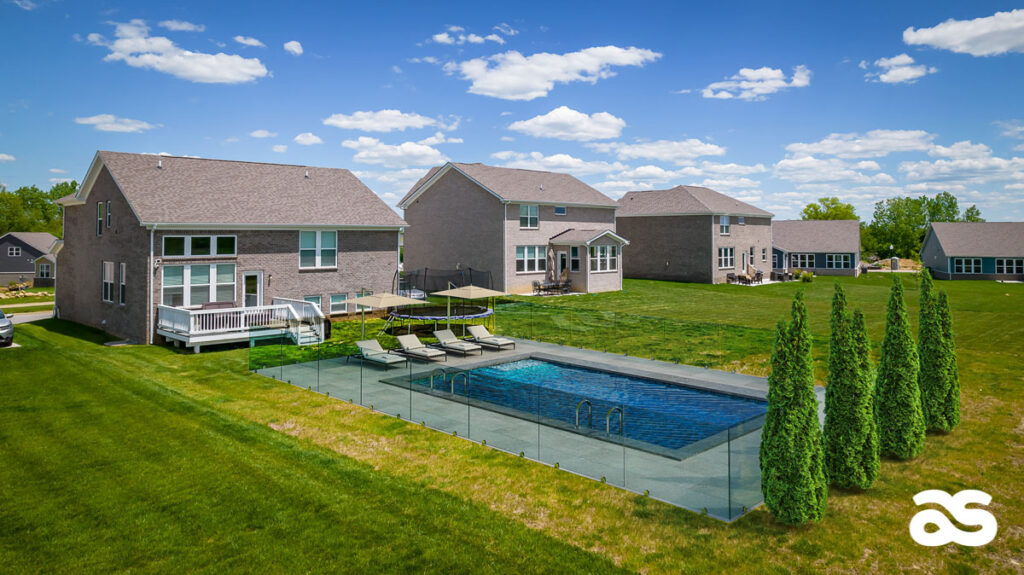WHAT IS VIRTUAL STAGING?
Virtual Staging has emerged as a great technological advancement in home staging techniques. Virtual staging involves digital designers creating realistic furniture, décor, and accent pieces then integrating them into an image of an empty room or space; a cost-effective alternative to traditional staging. It is also a fantastic supplement to traditional staging of vacant homes. A huge plus to virtual staging is that it is not limited to interior spaces. The exterior space of a home is also incredibly important. If a buyer can visualize the potential of a home’s outdoor space, they are more likely to keep that property on their list.
BENEFITS OF VIRTUAL STAGING VS. TRADITIONAL HOME STAGING
There are several big reasons more sellers are choosing virtual staging over traditional. Virtual staging offers a powerful tool when it comes to marketing considering most home buyers begin their search online. Displaying visually-compelling listings is crucial to attract and retain the interest of buyers. It allows the buyer to see the potential of a space instead of forcing them to visualize what would work in an empty room. The digital designer is also able to provide different options and styles to show the amount of potential a space may provide.
Virtual staging is also a cheaper option. Although home staging has the potential of providing a significant return on investment, not everyone has the budget for expensive furnishings. Equally to budget, traditional home staging limits the variety of interior and exterior furnishings and décor that will best suit the listing.
As a real estate photographer, it is important to think about your process a bit differently when shooting a home that is going to be virtually staged. Here are a few tips to taking the best possible images for virtual staging:
- Take high-resolution, high quality photos in order for the virtual furniture/additions to look real in the space.
- Turn on all the lights inside the home to provide more natural light but also to eliminate shadows and shading for the virtual stager.
- Keep the space as empty as possible to avoid distraction and provide a blank canvas of staging possibilities.
- Get as much of the space as you can in the photo.
- More room and less ceiling (or sky) because the floor, ground, and walls are where most virtual furniture and décor will be placed.
Almost 85% of potential home buyers say that the photos are the most important factor when viewing a home online. Virtually staged photos that don’t look realistic actually do more harm than good which is why a poorly executed virtual staging is more likely to cause the viewer to reject the premise of actually living in the home and move onto another. However, if virtually staged photos are executed well, it is a game changer for a real estate listing and for clients trying to envision themselves living in the space. Check out Aerial State Media if you are looking for quality virtual staging. Let’s start staging away!







